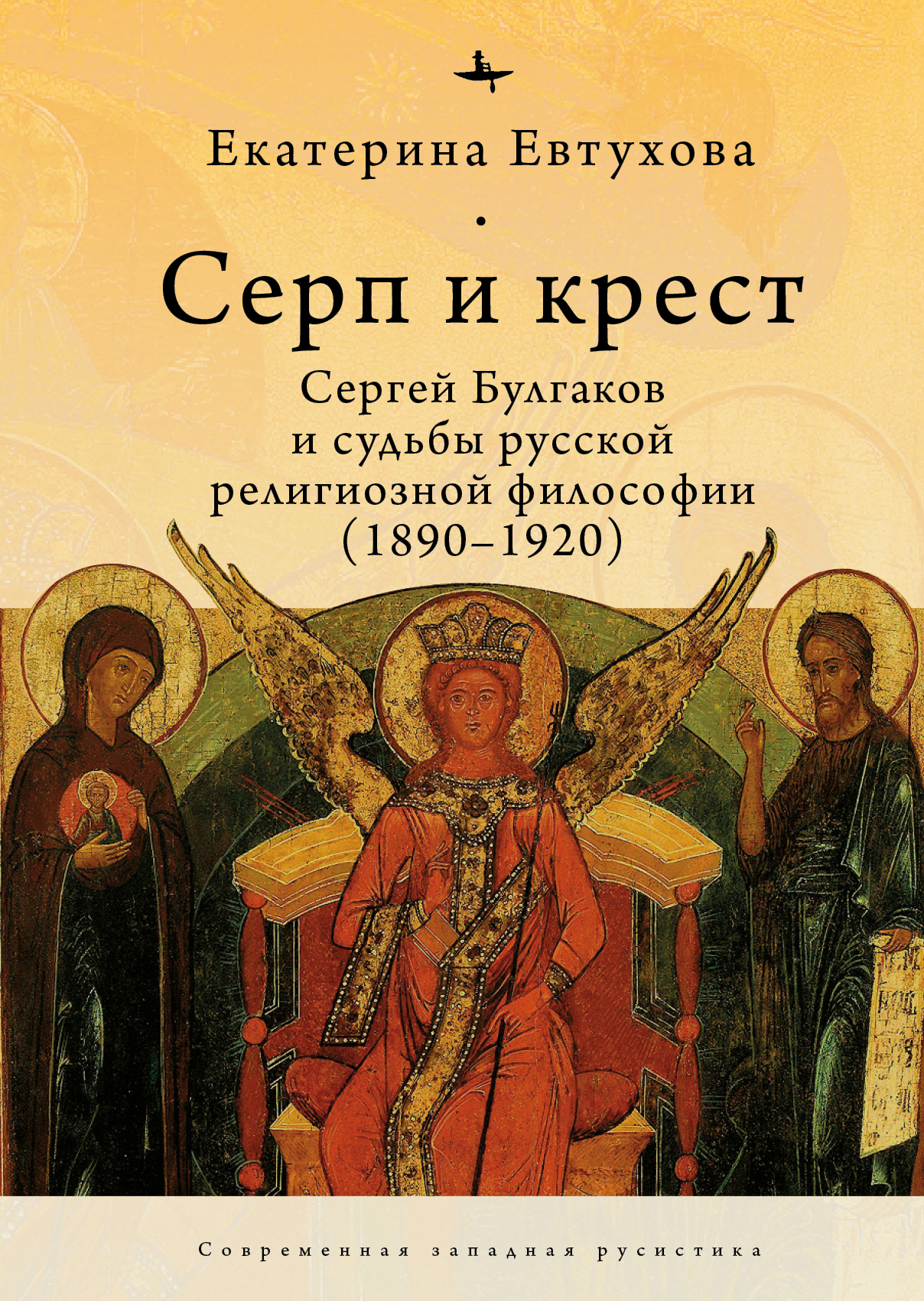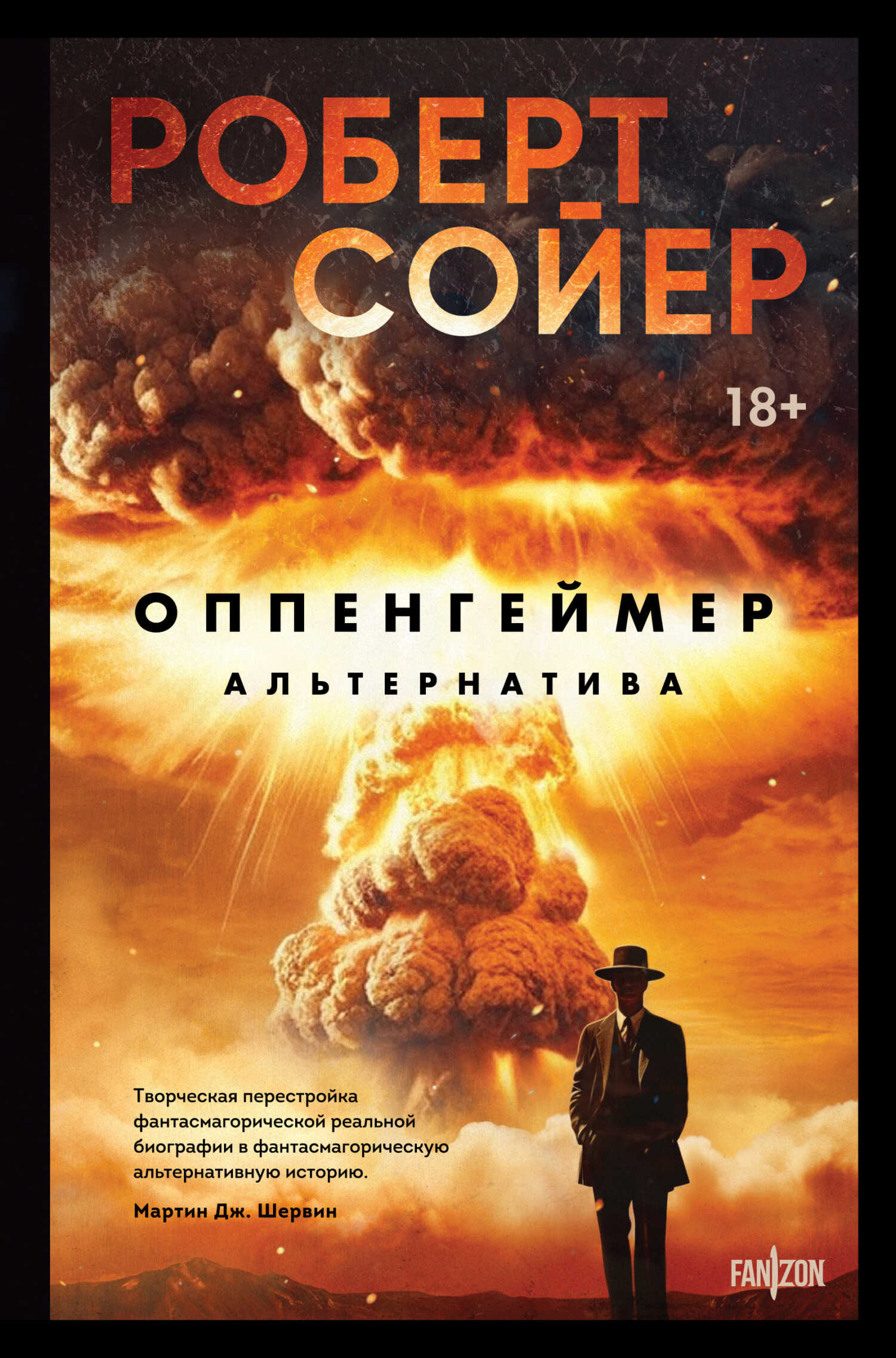Шрифт:
Закладка:
Сьюзен Уайс Бауэр – американская писательница, автор научно-популярных книг по истории. Имеет степень магистра богословия от Вестминстерской богословской семинарии в Филадельфии, Пенсильвания; степень магистра искусств и докторскую степень (от университета Либерти).История Древнего мира – от самых ранних, научно документированных свидетельств зарождения цивилизаций и до возникновения первых империй.В этой книге Сьюзен Бауэр выдвигает и доказывает интереснейшую теорию взаимодействия и взаимопроникновения культур самых разных западных и восточных цивилизаций.Не просто сухие факты, но подробный и яркий рассказ о внешней и внутренней политике государств древности, об их литературе, религии и мифологии, повседневной жизни и системе управления.Результатом становится потрясающая мозаика событий, свидетельств и документов, в которой в равной степени важен каждый элемент.





